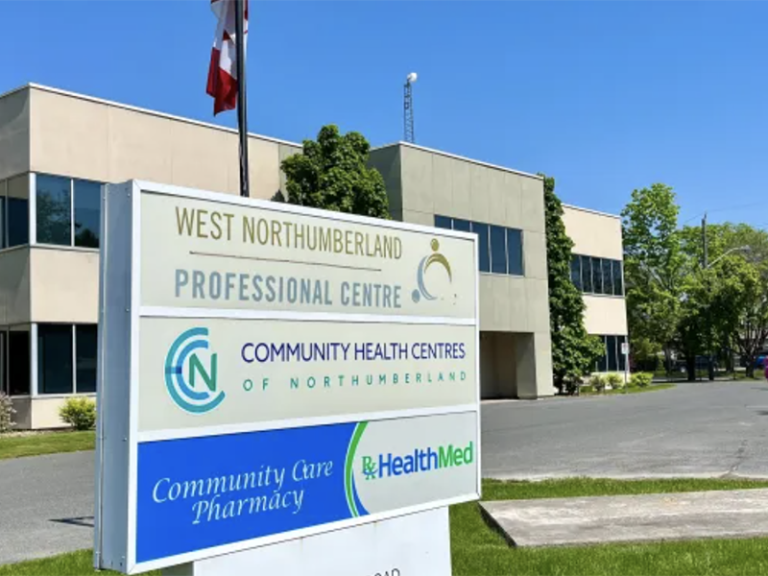[nggallery id=4]
By Robert Washburn
An Environment Canada truck sits in front of the Canada Coast Guard office on the east pier on a bright, beautiful June morning. A brick structure, about the size of a one-seat outhouse has its door open. Inside Chris Panacci, an environmental monitoring technologist, is pumping out a very deep pipe leading down into the side of the pier.
On a shelf inside the brick outhouse building is a set of equipment used the measure the rise or fall of Lake Ontario. It is one of 2,500 active hydrometric gauges across the country. The data collected by the gauges is used by a number of local, provincial and national organizations to determine everything from environmental conditions to potential flooding.
Rob Waring, a second environmental monitoring technologist, gets out of his truck to begin to assemble survey equipment the two men will use to check the accuracy of the measurement devices or recalibrate them, if necessary.
The data generated is published in real time on the Environment Canada website. The old data is archived and used for research.
Before the day is out, the pair will have checked Cobourg Creek, both near Lake Ontario and further north near Precious Corners, and Cold Creek, in the east section of Northumberland County north of Brighton.
“It a precision job,” Waring said. “But it is great if you like getting outdoors. We don’t just work on land. Sometimes we get to go out on boats and do testing. It is nice to get out on the water.”
About 40 per cent of the job is in the field, while the rest is inside in an office in Ottawa entering data and writing reports, he added.
In Ontario there are three other offices besides the one in Ottawa: Brantford, North Bay and Thunder Bay.
The Water Survey of Canada is a national agency responsible for the collection, interpretation of dissemination of water resources data for the country. It started in 1908 when the government decided it wanted to better understand what water resources the country had available. As time has passed, it now looks at a wide range of topics from water quality to hydroelectric potential to irrigation potential and to issues around water sovereignty.
Panacci pulls out a survey stake from the back of the truck, as Waring clicks together his surveyor’s level. Panacci will walk up to Victoria Park campgrounds where there is a set point where the measurement can accurately be taken.
“There are some places where we have to go down 20 feet to find a good solid spot to take our measurements,” Panacci said.
“Sometimes we use historic buildings because the foundations are so solid and we know they will not move,” Waring added.
These measurements, along with some others, will determine accuracy or if the land has shifted. The calibration will be within one centimeter.
The testing takes place annually.


